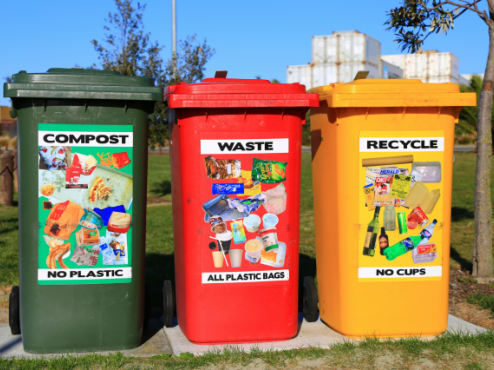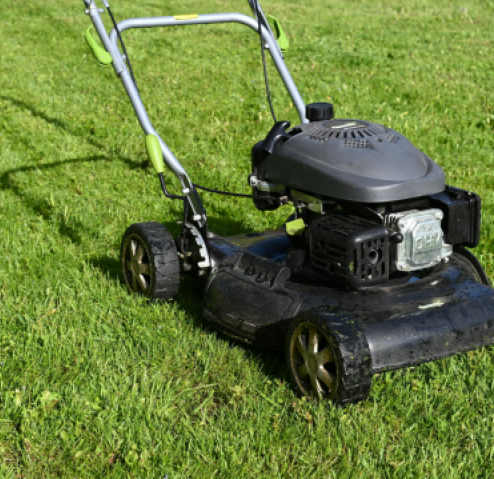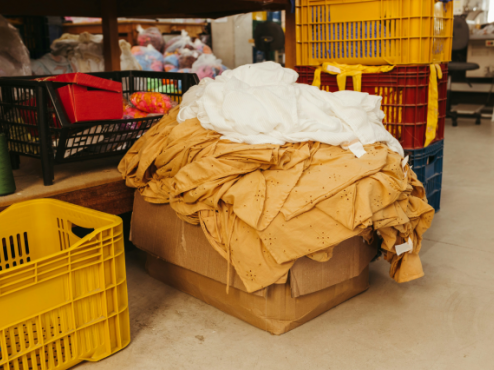How to Recycle and Why You Should Do It
In today’s world, recycling has become an essential part of protecting our environment and conserving resources. With the growing concerns over pollution, climate change, and the depletion of natural resources, recycling offers a practical solution that can help us reduce waste and make a positive impact on the planet. In this guide, we’ll cover everything you need to know about recycling: why it’s important, how to start recycling, and ways to recycle effectively. Whether you’re new to recycling or looking to improve your habits, this article will provide you with helpful insights to make recycling a simple and beneficial part of your daily life.
1. Why is Recycling Important?
Recycling isn’t just about sorting your trash. It’s about contributing to a sustainable future and helping reduce the negative impact we have on the environment. Here’s why recycling matters:
- Conserves Natural Resources: Many of the materials we use every day come from limited resources, like minerals, metals, and trees. Recycling helps conserve these resources by reusing materials instead of relying on new raw materials.
- Reduces Energy Consumption: Recycling takes less energy than producing new items. For example, recycling aluminum saves up to 95% of the energy required to make new aluminum from raw materials.
- Lowers Greenhouse Gas Emissions: By reducing energy consumption, recycling also helps lower greenhouse gas emissions, which are responsible for climate change.
- Decreases Landfill Waste: When waste is recycled, it stays out of landfills, which reduces the risk of harmful chemicals leaching into soil and water. It also means less space is needed for landfills, preserving land for other uses.
- Creates Jobs and Economic Opportunities: The recycling industry creates jobs and provides economic opportunities by processing recyclable materials and creating new products from them.
2. Understanding What Can Be Recycled
Recycling effectively starts with knowing what can and cannot be recycled. Many items can be recycled, but recycling facilities may have different rules about which materials they accept. Here’s a general list of common recyclable materials:
- Paper: Newspapers, magazines, cardboard, office paper, and paper packaging.
- Plastics: Bottles, containers, bags, and other items labeled with recycling codes (usually #1 through #7).
- Metals: Aluminum cans, tin cans, and scrap metal.
- Glass: Bottles and jars, typically separated by color.
- Electronics: Devices like cell phones, computers, and TVs can be recycled at designated e-waste recycling facilities.
- Textiles: Old clothing, shoes, and fabrics can often be recycled or donated for reuse.
Each community may have different guidelines on which items are accepted in curbside recycling, so check with your local waste management facility for specifics.
3. How to Start Recycling
If you’re new to recycling, it can be overwhelming to know where to begin. Here’s a step-by-step guide to get started:
Step 1: Set Up a Recycling Station at Home
Designate a space in your home for collecting recyclable materials. This can be a bin or a series of bins labeled for different materials, such as paper, plastics, and metals. Keeping your recyclables organized will make it easier to take them to a recycling center or prepare them for curbside collection.
Step 2: Learn About Local Recycling Rules
Every city or county has its own recycling guidelines, so it’s essential to understand what is accepted in your area. Many cities offer curbside pickup for recyclables, while others may require you to bring items to a local recycling center.
Step 3: Clean and Sort Your Recyclables
Contamination is a significant issue in recycling. Items that are dirty or mixed with non-recyclables can end up in landfills even if they’re placed in the recycling bin. Be sure to rinse out containers, separate paper from plastic, and avoid including non-recyclable items.
Step 4: Reduce and Reuse Before Recycling
The goal of recycling is not only to manage waste but to prevent waste from being created in the first place. Opt for reusable items, such as water bottles and shopping bags, to reduce the need for single-use plastics and other disposable items.
4. Recycling Tips for Different Materials
Different materials require different handling to be recycled effectively. Here are some tips for common recyclables:
- Paper and Cardboard: Flatten cardboard boxes to save space and remove any plastic or food residue before recycling.
- Plastic: Check for the recycling symbol on plastic items to identify if they are recyclable. Clean plastic thoroughly to avoid contamination.
- Glass: Rinse glass containers and remove lids before placing them in the recycling bin. Avoid mixing colored glass with clear glass if your recycling program separates them.
- Metal: Aluminum cans, tin cans, and scrap metals are highly recyclable. Rinse out cans and avoid including items with food residue.
- Electronics: Many electronics contain hazardous materials that should not go in regular trash. Look for certified e-waste recyclers in your area.
5. Special Recycling Programs for Hazardous and Bulky Items
Some items require special handling because they contain hazardous materials or are too large for regular curbside recycling. Here are a few examples:
- Batteries: Batteries contain harmful chemicals that shouldn’t end up in a landfill. Many retailers and recycling centers accept batteries for recycling.
- Appliances: Large appliances, like refrigerators and washing machines, can often be recycled at scrap metal facilities or through programs offered by appliance retailers.
- Paint and Chemicals: Leftover paint, pesticides, and other chemicals require special disposal due to their toxicity. Check with your local hazardous waste disposal program.
- Light Bulbs: Fluorescent and LED bulbs contain small amounts of toxic materials, such as mercury, and should be taken to designated drop-off points.
6. How to Incorporate Recycling into Daily Life
Recycling is most effective when it becomes part of your daily routine. Here are some ways to make recycling a habit:
- Carry Reusable Bags and Bottles: Reduce the need for single-use items by keeping reusable bags and bottles with you when shopping or going to work.
- Choose Recyclable Packaging: Opt for products with minimal or recyclable packaging whenever possible.
- Practice Composting: Composting organic waste reduces the amount of trash you generate and can be used to fertilize gardens, reducing the need for chemical fertilizers.
- Encourage Others to Recycle: Talk to friends, family, and colleagues about recycling, and encourage them to join in the effort.
7. Common Recycling Mistakes to Avoid
To make the most of your recycling efforts, be sure to avoid these common mistakes:
- Wishful Recycling: Placing non-recyclable items in the recycling bin, hoping they’ll be processed, can contaminate the batch and send recyclables to landfills.
- Leaving Lids On Containers: While some recycling programs accept containers with lids, many ask that you remove them before recycling.
- Ignoring Local Recycling Rules: Recycling programs vary widely, so be sure to follow local guidelines to avoid accidental contamination.
- Skipping Rinsing Steps: Dirty containers can ruin an entire batch of recyclables. Always rinse items like jars, bottles, and cans before recycling them.
8. The Environmental and Economic Impact of Recycling
By recycling, you play a direct role in reducing waste, conserving resources, and minimizing pollution. Here are some ways your recycling efforts make a difference:
- Environmental Protection: Recycling helps protect ecosystems by reducing the need for mining, logging, and other extractive processes.
- Economic Savings: Recycling reduces disposal costs and helps communities save money by reducing landfill use.
- Promoting a Circular Economy: When items are recycled, they stay in use longer, reducing the need for new resources and supporting a more sustainable economy.
 Estate Cleanouts and Junk Hauling Services for Seniors
Estate Cleanouts and Junk Hauling Services for Seniors
Green junk hauling, downsizing, and estate cleanouts from Gone For Good are available throughout Northern Colorado. Unwanted belongings get a second chance with GFG, whether they go to our thrift stores, charity or get recycled- we can as much as we can out of the landfill.
Read More How to Recycle and Why You Should Do It
How to Recycle and Why You Should Do It
In today’s world, recycling has become an essential part of protecting our environment and conserving resources.
Read More Everything You Need to Know About Recycling Old Lawn Mowers
Everything You Need to Know About Recycling Old Lawn Mowers
Lawn mowers are essential tools in maintaining a lush, well-groomed lawn, but like any other machine, they don’t last forever.
Read More Bagster vs Dumpster: Buy a Dumpster Bag or Rent a Small Dumpster?
Bagster vs Dumpster: Buy a Dumpster Bag or Rent a Small Dumpster?
When it comes to tackling a significant cleanup project, whether it’s a home renovation, yard work, or just a major decluttering, disposing of the waste efficiently is crucial. Two popular options are buying a Bagster or renting a small dumpster. Both have their pros and cons, and the best choice depends on your specific needs. In this comprehensive guide, we'll compare Bagsters and dumpsters to help you make an informed decision.
Read More